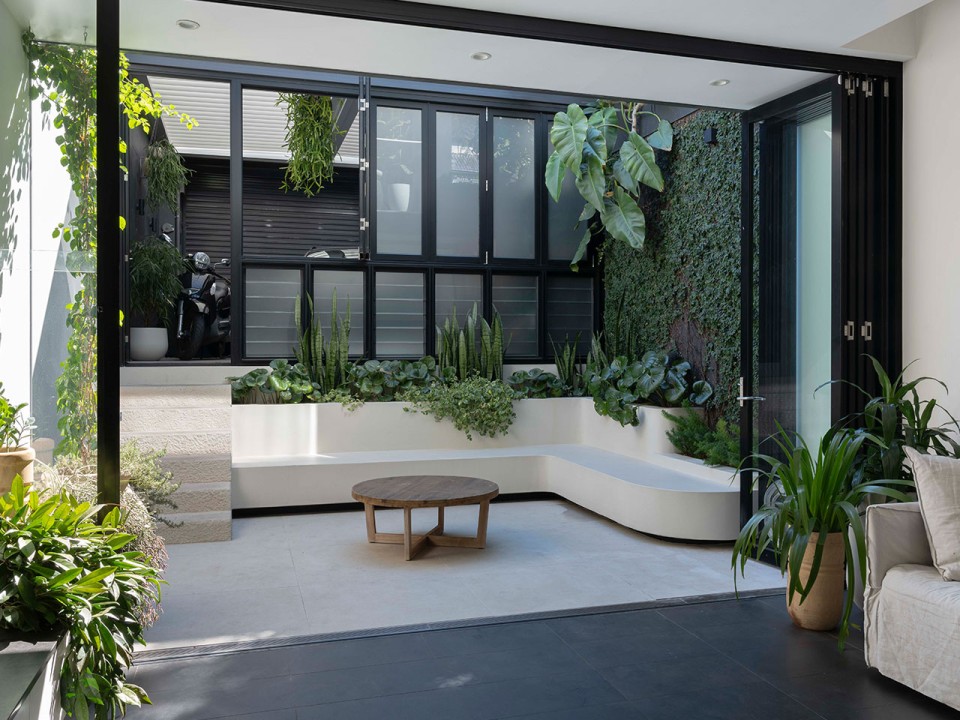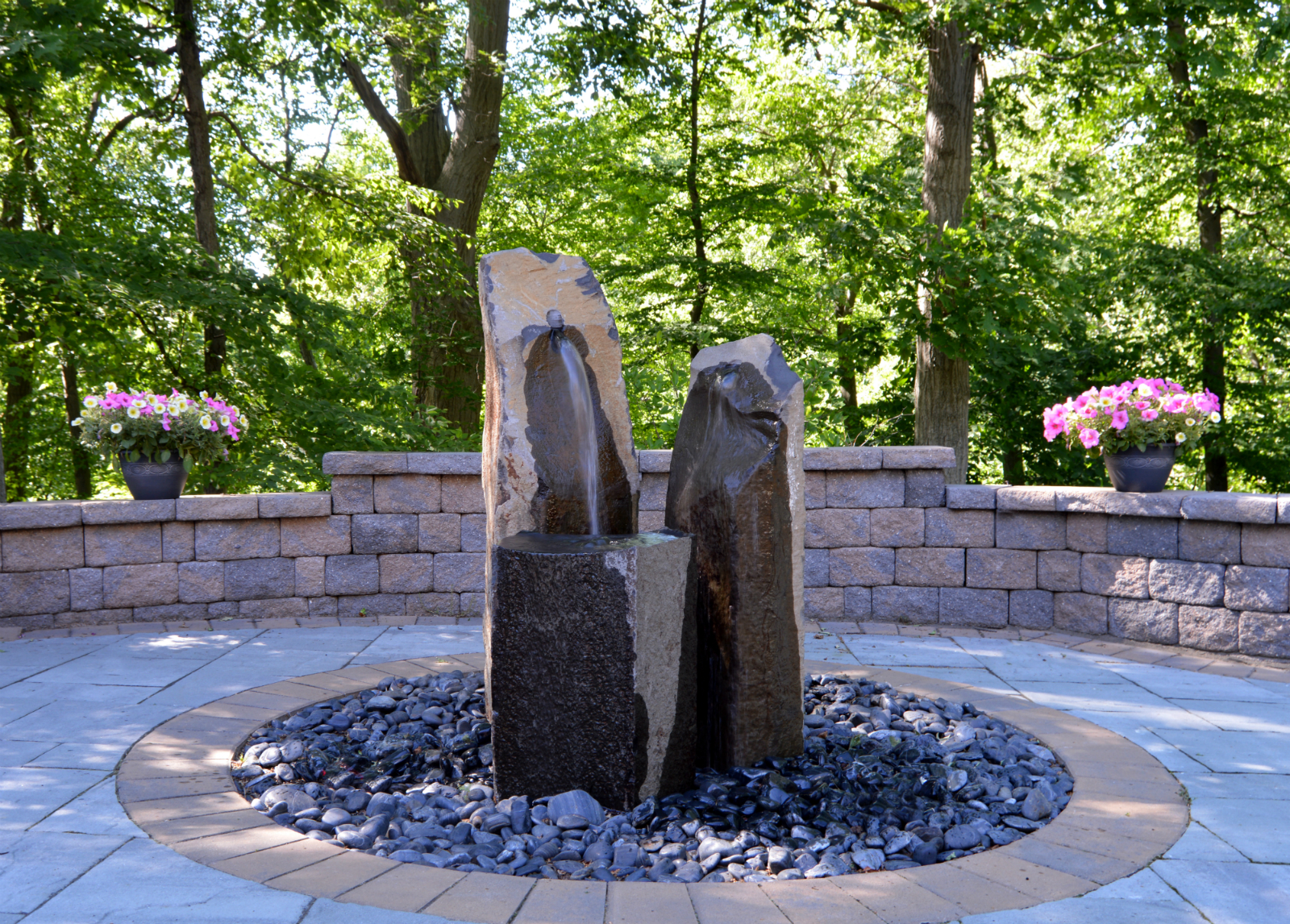How Landscape Design can Save You Time, Stress, and Money.
How Landscape Design can Save You Time, Stress, and Money.
Blog Article
Landscape Design Fundamentals Explained
Table of ContentsSome Known Questions About Landscape Design.Landscape Design for DummiesFascination About Landscape DesignSee This Report on Landscape Design
Official style motif. Credit Score: Gail Hansen, UF/IFAS The yard is an expansion of the home where a range of tasks happen. A backyard can generally be separated right into 3 areas: public (the front yard), personal (the back yard), and solution (normally the side yard). The area of activity locations depends mostly on the kind of area, the dimension of area required, the kind of task, and the preferred closeness to other activities and structures (Landscape Design).
The outside wall surface of your home often functions as the first wall surface or beginning factor of an outdoor area. Incompatible usages should be separated, and related activities, such as food preparation and eating, must be placed with each other to make the backyard much more reliable and delightful. When making use of hardscape to produce areas, utilize building and construction material comparable to that made use of in your house for connection from your home into the garden.
Linked spaces. Credit: Gail Hansen, UF/IFAS Utilizing comparable hardscape attributes and duplicating plants pulls the eye around the yard. Important factors along the road can be highlighted with growings or functions that draw interest and urge motion in a specific instructions. Relocating along the path takes an individual from one location to the next and permits the customer to have a variety of experiences.
From a style point of view, plant materials have 3 major functions in the landscape: aesthetic, structural and utilitarian. Visually, plants create a visually pleasant environment and structurally plants arrange and define areas.
6 Easy Facts About Landscape Design Shown
For mental comfort plants are utilized as physical or implied obstacles for privacy and safety and security. Physical obstacles block both the view and access to a room and consist of fencings, wall surfaces and plant bushes. Landscape Design. Indicated barriers, commonly reduced growing plants, obstruct access yet not the view (Number 9). Various other functions of plants consist of cleaning the air, preventing erosion and soil loss, retaining moisture in the soil, and returning raw material to the dirt.
Physical and suggested barriers. Credit: Gail Hansen, UF/IFAS For these reasons, the types of plants to be made use of (such as trees, hedges, or groundcovers) ought to be picked in the beginning of preparation. Plant kinds are selected for their practical capabilities to make sure that their future objective and required area can be considered at the very same time.
The overhead airplane, the vertical aircraft and the ground plane need to why not try this out all be considered to create enclosure. When the shape of a plant bed has been developed, the plants should be massed (organized) and split to attain aesthetic unity and the preferred quantity of room. The dimension of a plant mass will depend on the complete size of the lawn, the dimension of the specific plants in the mass, and the focus or influence desired from the plant material.
Each plant mass is in front of, behind, or alongside, one more mass. Number 11. Straight plant layers. Credit Score: Gail Hansen, UF/IFAS Figure 12. Vertical plant layers. Credit Rating: Gail Hansen, UF/IFAS Repeating plants within a mass and repeating masses with comparable plants links the yard together. The individual plant qualities need to be thought about to successfully layer and mass plants.
The smart Trick of Landscape Design That Nobody is Discussing
All plant compositions begin with the primary framework plants, the big, mainly evergreen background plants-such as the trees and large shrubs. These plants separate or enframe areas, regulate the dimension of the space, and give the beginning point for selecting the suitable qualities of the second layer, YOURURL.com midground plants, for massing and infill.
Important factors in the yard ought to be highlighted by the usage of unique plants, unique structures, or garden ornaments. Noting limits or entryways to rooms can be performed with gateways, arbors, and steps, or via making use of one-of-a-kind and vivid plants. The form and/or design theme of the yard will frequently assist identify the essential factors and how they should be highlighted.
Other essential areas in the backyard are focal factors, which is used to visually arrange a designed location. Different perspectives or perspectives can reveal different structures in the landscape that might need a range of focal factors.
The Landscape Design Ideas
Figure 13. Plant types. Credit History: Gail Hansen, UF/IFAS After type, texture is the next leading function of a plant; coarse, tool and great structures can be used for contrast and emphasis in the landscape. Form and appearance both trump color in the yard for the majority of the year. However, during certain seasons, color will certainly be one of the most recognizable quality of the yard.


The enjoyable aroma of plants, the audio of wind in the trees, the noise and structure of water, and the shades and appearances of sculptures, pots and yard furnishings all include in the experience of the yard. One detail that is commonly forgotten is the effect of light on the appearances of the plants.
The entire garden changes in function and look throughout the day, and the training course of a year, as the light and temperature modification from early morning to night and season to season. Plant selection must take into consideration a plant's development price, its fully grown size and form, and the upkeep it will call for.
It is very important to understand the eventual mature size of plants so they can be you can find out more put in the right place and spaced correctly when they are installed. Giving plants room to expand is a challenge since the common mature size is generally based on optimum growing problems and the environmental problems of a website might trigger a plant to enlarge or stay smaller.
Report this page